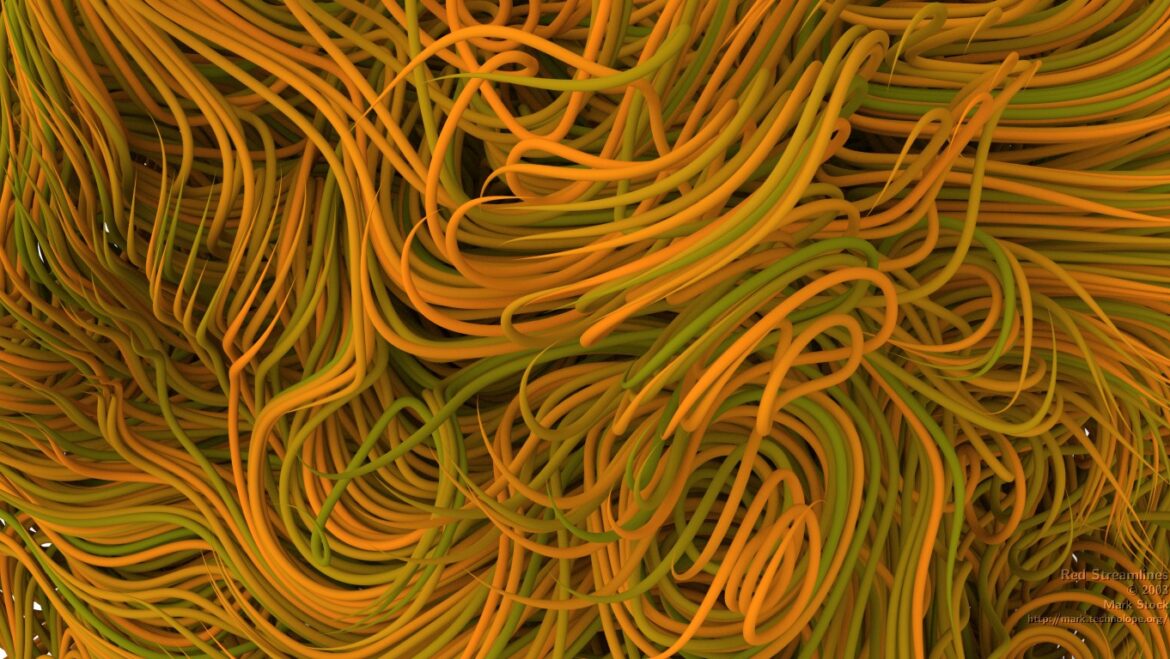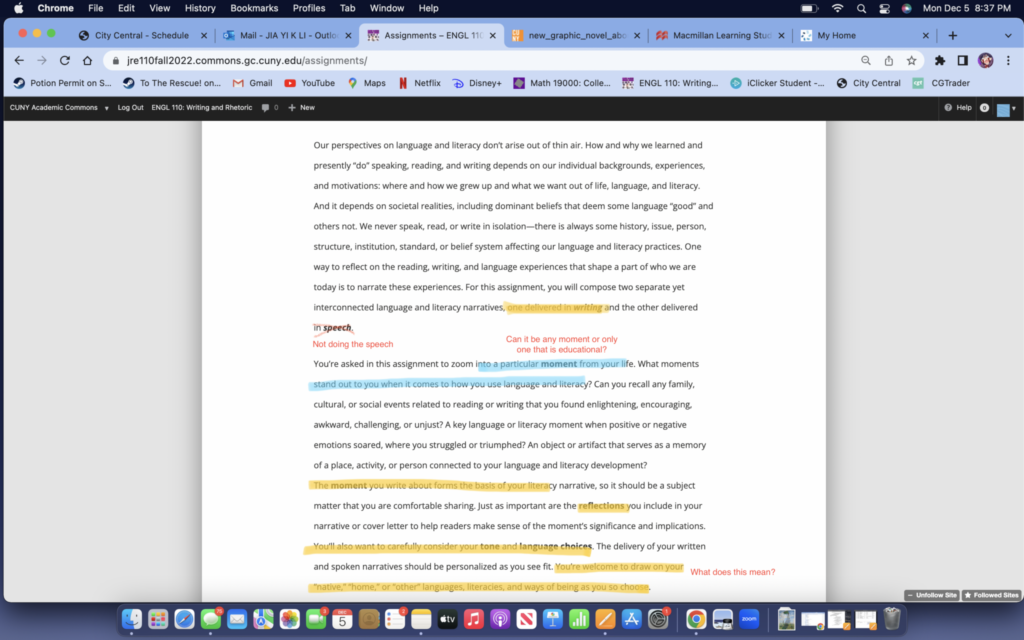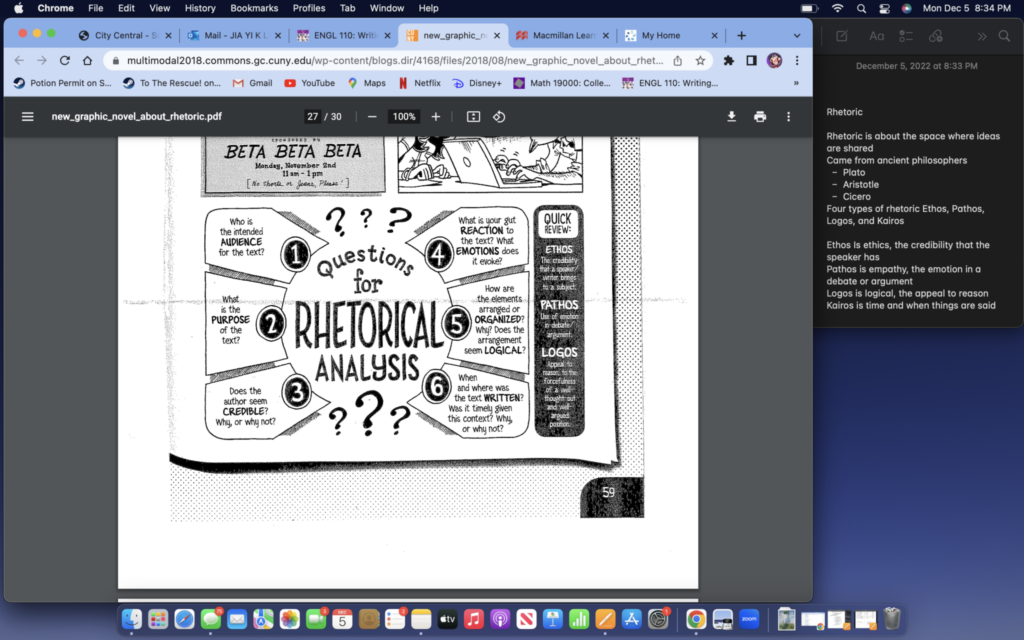Climate Change is the long-term shifts in global average temperature and weather patterns. It is caused by human activities, primarily coming from the usage of fossil fuels, coal, gas and oil. Marked by human activity, this geological era is called the Anthropocene. In the Anthropocene, climate change has melted glaciers, plant and animal habitats are changing and flowers are blooming earlier which can lead to rising sea levels, less ice caps and harsher heatwaves, according to NASA. Climate change affects everyone, especially those who are in poverty. Poverty is not just lacking money, it is being too poor to afford basic needs like shelter, food and clothing. Roughly 30% of the population, or 93.6 million people, in the United States live in poverty. About 9.2% of the world, or 689 million people, live in extreme poverty of less than $1.90 per day. This is lower than the International Poverty Line of $2.15, set by the United Nations. According to the World Bank, half of the world’s poor are located in just 5 countries, India, Bangladesh, Nigeria, The Democratic Republic of Congo, and Ethiopia. Closer to home, New York City has a 17.3% poverty rate, which is roughly 1.5 million people, according to the Census Bureau. All of these people are in danger of the consequences of climate change and they often do not have the resources to help them from extreme weather, diseases caused by climate change, and etc. However, they are not the ones responsible for climate change. Those who are in poverty are more affected by climate change than those in higher economic classes despite contributing the least to climate change.
Those who are in higher economic classes contribute more towards carbon emissions and global warming. Many of the climate issues come from the top one percent, which are those that make more than half a million dollars in the United States. A study done by the University of Leeds in the United Kingdom found that the wealthiest ten percent consumed more than 20 times the energy than the poorest ten percent in any area. This is most clearly outlined in billionaires in the United States. For example, according to the World Inequality Lab, Jeff Bezos’s 11 minute flight to space caused more carbon emissions than any one of the world’s poorest billion people. Stefan Gössling, a professor at Linnaeus University in Sweden, calculates that Bill Gates’s 59 flights in 2019 had generated more than 1,600 tons of greenhouse gasses. This is roughly the amount of gas produced by 105 Americans. World Inequality Lab research shows that top emitters would have to reduce their carbon footprints by 87% while the bottom half can actually increase their consumption by 3% in order to reach the Paris Agreement’s stretch goal. This extends further than just the United States as 10% of flights from France were private jets. These planes generated as much carbon dioxide in 4 hours as any average European Union citizen does in a year. On the other hand, in one of the poorest nations, an average person in Nigeria uses half as much electricity in a year as a High-Definition television. The lifestyles of the wealthy are the most polluting along with the power that they hold. This power is setting the expectations of consumption that others, most often those who are in the middle to lower classes, try to aspire to and recreate. This poses many climate issues as this causes more incentives to do things that generate a lot of greenhouse gasses in order to feel luxurious while disregarding how harmful it is.
Those in poverty face many health risks that the rich can simply avoid. An example of this would be during Hurricane Katrina in 2005, many of those who could not evacuate were the elderly, disabled and the poor. In fact, private security guards were flown into New Orleans in order to protect the wealthiest neighborhoods. Many of these communities can continue to survive with protection they can buy but those that cannot afford it lose their homes. This does not mean that they only lose their shelter, they also can lose many prized possessions and memories as well as their communities as many would need to move away. They can end up losing most of their identity and culture. The wealthy can purchase bunkers, even during fire. Dante Vicino, a Vivo’s Group executive that turns ex-military bunkers into livable bunkers stated that while you could smell the smoke in the air, those in the bunkers weren’t able to tell. Climate change can also affect crop production, which can affect the livelihood of those who rely on farming to make money. It also affects food production because there has been a decrease in the production of corn, which is fed to many livestock. This drives the price of meat up as the increase in the costs of corn. Those in poverty already have a difficult time to get food but as climate change affects growing conditions, it makes it even harder for some to afford and find food. According to Columbia Climate School, if the temperature rises by 4.5 degrees celsius by 2090, more than 9,000 people would die from extreme heat. The increased heat and precipitation also leads to higher risks to viruses as mosquitoes would be around longer, which could lead to the spread of Zika, West Nile, and Lyme disease into new territories. Those who can afford it can simply have highly-trained medical professionals care for them when they get sick, but many cannot afford to see a doctor to get treated even in the most severe conditions. Many simply cannot afford to live with the extreme costs that climate change causes.
Climate change heavily affects those in poverty however, they are not the ones who are primarily contributing to it. As the BBC states “The top 1% were responsible for 15% of emissions, nearly twice as much as the world’s poorest 50%, who were responsible for just 7% and will feel the brunt of climate impacts despite bearing the least responsibility for causing them.” Climate change affects everyone and the poorest cannot shoulder the burden that the rich create while the rich can continue living and doing however they please.
CITATION:
20, Renee Cho |June, et al. “How Climate Change Impacts the Economy.” State of the Planet, 20 June 2019, https://news.climate.columbia.edu/2019/06/20/climate-change-economy-impacts/#:~:text=Drought%20will%20make%20water%20more,production%2C%20energy%20transport%20and%20insurance.
Climate Changes Health: Vulnerable Populations, https://www.apha.org/topics-and-issues/climate-change/vulnerable-populations.
“The Effects of Climate Change.” NASA, NASA, 11 Nov. 2022, https://climate.nasa.gov/effects/#:~:text=Changes%20to%20Earth’s%20climate%20driven,plants%20and%20trees%20are%20blooming.
“The Facts: How Climate Change Affects People Living in Poverty.” Mercy Corps, 12 Oct. 2022, https://www.mercycorps.org/blog/climate-change-poverty#:~:text=Floods%20and%20droughts%20brought%20on,change%20in%20the%2021st%20century.
“Half of the World’s Poor Live in Just 5 Countries.” World Bank Blogs, https://blogs.worldbank.org/opendata/half-world-s-poor-live-just-5-countries.
Harrabin, Roger. “Climate Change: The Rich Are to Blame, International Study Finds.” BBC News, BBC, 16 Mar. 2020, https://www.bbc.com/news/business-51906530.
Hasell, Joe, et al. “Poverty.” Our World in Data, 17 Oct. 2022, https://ourworldindata.org/poverty.
“How the Rich Are Driving Climate Change.” BBC Future, BBC, https://www.bbc.com/future/article/20211025-climate-how-to-make-the-rich-pay-for-their-carbon-emissions.
Kuchler, Hannah. “Super-Rich Fortify against Climate Change and Health Risks.” Subscribe to Read | Financial Times, Financial Times, 13 Nov. 2020, https://www.ft.com/content/79781c20-051d-41c4-bd2c-31ceffb763e8.
Peer, Andrea. “Global Poverty: Facts, Faqs, and How to Help.” World Vision, 23 Aug. 2021, https://www.worldvision.org/sponsorship-news-stories/global-poverty-facts.
“The Population of Poverty USA.” Poverty Facts, https://www.povertyusa.org/facts.
Powers, Benjamin. “How the Wealthy Insulate Themselves from the Worst Impacts of Climate Change.” Medium, Age of Awareness, 9 June 2017, https://medium.com/age-of-awareness/how-the-wealthy-insulate-themselves-from-the-worst-impacts-of-climate-change-605df41dbefd.
Roston, Eric, et al. “How Wealth Inequality Powers Climate Change.” Bloomberg.com, Bloomberg, 24 Mar. 2022, https://www.bloomberg.com/graphics/2022-wealth-carbon-emissions-inequality-powers-world-climate/?leadSource=uverify+wall.U.S. Census Bureau Quickfacts: New York City, New York; United States. https://www.census.gov/quickfacts/fact/table/newyorkcitynewyork,US/PST045221.




